Introduction:
I want to preface this post by slightly modifying my topic. Initially, I wanted to explore ways to teach children about World War II using film. However, I am choosing to not just limit my research to cinematic portrayals but a multimodal one. I think it is foolish to ignore the rich written words about the conflict that still resonate with all generations. While I am choosing to include printed texts in my text set, I still chose texts that are anything but “traditional” classroom texts. I am currently in an Urban setting, where almost all of my kids do not respond well to a “read the textbook, answer the question” style of learning. I think that all of these texts can be used as supplemental materials during a large unit on World War II. Students still need the survey of historical concepts in this time period, but using these texts will help fill in the gaps, but also allow us to deeply look at different perspectives of everyday people who lived through the crisis. I think these texts are interesting and relevant to almost any high schooler regardless of skill or gap in knowledge.
For printed texts, i decided to stay away from novels or textbooks. Instead, I decided to focus on graphic novels. Both of my texts can be used to make concepts like the Holocaust or Japanese Internment more personal for learners.
Faulkner, Matt. Gaijin: American Prisoner of War: a Graphic Novel. New York: Disney Hyperion Books, 2014.
- Spiegelman, A. (1992). Maus. New York: Pantheon Books.
- The story is about the author interviewing his father about his experiences as a Polish Jew during World War II and the Holocaust. It stands out with the author’s portrayal of Jews as mice, Poles as Pigs and Nazis as Cats.
- I think the fact that the book is picture-based, in the form of a graphic novel makes the text more accessible and exciting for students who may be opposed to word-heavy texts. Quantitatively the book is a breezy read and not long (under 200 pages) with most of the dialogue being short digestible sentences. Although, as ill get to it in a moment, I don’t tend to like classifying books on complexity based on quantitative standards. Mainly because length isn’t the only factor to complexity. The Great Gatsby is just over 200 pages but way more thematically dense and difficult to read than something like the 9th Captain Underpants book which is about 100 pages long. Most Books for educational purposes should be measured qualitatively, and in the case of Maus, students may be fooled by the art style and type of book. Students will need to understand the purpose of making certain characters certain animals. Also knowing how to pronounce certain names that children in America might not be accustomed to hearing every day. Some Vocab that may be tricky for students here are names such as Vladek, Anja and Françoise. Some other words that may prove difficult are anti-semitic, Aryan, crematorium, convalesce among others.
- In terms of Reader and Task, this text is not only important for teaching better reading and critical thinking skills but also understanding historical contexts through different perspectives, a critical learning intention in history classrooms. This book may also be used to motivate interest since it isn’t a traditional type of classroom text as well as activate background knowledge that students may already have about WWII
For my two multimedia texts, I decided to pick two films that are companion pieces to one another. Both films tell the story of the same battle from an American and Japanese perspective. Showing students both films will help contextualize the conflict for visual learners, while also providing opportunity for deeper inquiry by allowing students to view both sides and come to their own conclusions.
Warner Home Video. (2006). Flags of Our Fathers.
- Warner home video. (2007). Letters From Iwo Jima.
- Letters from Iwo Jima serves as a companion piece to the Clint Eastwood film Flags of Our Fathers. Unlike that film, which tells the Battle of Iwo Jima from an American Perspective, Letters from Iwo Jima tells the story of the Battle of Iwo Jima from The Japanese perspective. The multiple perspectives continue in this film as the story is told through the eyes of a baker turned soldier and a Lieutenant General.
- Since I am analyzing a film, I had to get creative with quantitative measures. I found a copy of the script and plugged it into a word counter. While the film itself is on the long side at 2 hours and 21 minutes, The film only has a little over 1200 lines of dialogue and about 5,700 words total. The average word length is 4.5 and the most common word used is “sir.” The word counter website accesses reading level by using the Dale-Chall Readability Formula, and it has determined that most of the dialogue is at a 7th-to 8th grade level. More info on this can be found here.
- Qualitatively, I would say the maturity of the text is right about at the high school level. The film is rated “R” for graphic war violence so no obscenties in terms of language or sex. Students should be prepared for the level of violence in the picture, as it can get gratuitous at times. The film would be considered “war” and “drama” in terms of genre and while the film does have certain characters and aspects that are fictional, The film is based off true-hand accounts of the battle. Students would probably need historical context of the Eastern front of World War II before starting the film and would need to be taught how to properly say Japanese names in terms of vocabulary. It is also worth noting that the film is almost entirely in Japanese and students will have to keep up with the subtitles reading in order to understand the film. If this proves to be difficult for a specific class or group, I believe an English dub is available. Some Vocabulary that is worth going over before the film are names such as Saigo, Kuribayashi and Shimizu. Other Vocab of note would be Premier, artillery, and Imperial.
I believe this text should be used as an accessory to instruction and not the main focal point. Comprehensive lecture of the period should have already occurred and this can be used to gauge interest since it is a different style of text than usual and it should also activate prior background knowledge. In terms of task, I think students can use this piece and Flags of Our Fathers as practice for dual perspective inquiry. We can then have classroom discussions on what differing perspectives can mean when studying certain historical topics, and how that changes outlook.
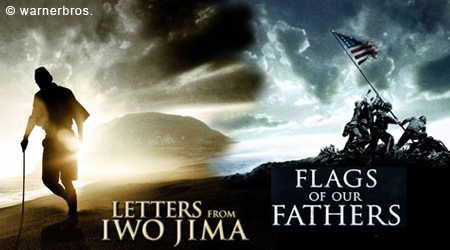
Finally, for my culturally relevant texts, The song “Buffalo Soldier” and the Film “Red Tails” detail what may be little to unknown accounts of all African American units in wars. Buffalo Soldier might be a song that students are familiar with, if not, most of my students are at least familiar with Bob Marley due to his lasting impact on pop culture. This song will be supplemental text to contextual discussion on roots of African Americans in the military. To root this in World War II The students will be shown “Red Tails” the 2012 film showing the accomplishments of the Tuskegee Airmen, an all black pilot group during World War II.
Red Tails. 20th Century Fox, 2012.
- Marley, Bob. Buffalo Soldier. Island Records. 1983. https://www.youtube.com/watch?v=S5FCdx7Dn0o
- Buffalo Soldier is a hit song by Bob Marley that details the struggle of Black soldier regiments that fought Indians on the frontier. The name has been theorized to come from Natives telling African American soldiers that their hair resembled a buffalo pelt. Marley compares their “fight for survival” as a symbol of black resistance according to author Anthony Bogues in his book Black Heretics, Black Prophets: Radical Political Intellectuals.
- Finding quantitative measures was far simpler for a song than with a film. I plugged to lyrics into a Lexile analyzer and determined that the lyrics are between 410L and 600L. Putting the lyrics at about a 2nd grade reading level. The song runs for 4 minutes and 17 seconds, but only has about 140 words. However, this being a song and songs being based in repetition: there are only 62 unique words in the song.
- Qualitative measures set this text apart from being far below the level of a high schooler. While the reading level is about 2nd grade, with the words not being complex to read, the lyrics are complex to understand. Understanding the lyrics would require some background knowledge about Rastafarianism, and African Americans in the Military at this time. The lyric “fighting for survival” would also need to be contextualized by reigniting prior knowledge of the African American experience before the mid 1800’s. Some Vocabulary in the song that may need to be defined are dreadlocked, rasta, stench, ‘eck, trodding and an analysis of the bridge of the song “woy yoy yoy”
- In terms of Reader and task, this text would be used to activate background knowledge of The African American Experience in America up until this time. It will also be used to gauge interest of my students who are predominantly African American and interested in the work of Bob Marley outside of the classroom. The song could be used hand-in-hand with The film “Red Tails” as a supplemental piece on the history and accomplishments of African American Soldiers during wartime. These two texts would serve to ground historical concepts and pair these with the cultural identity of the students.
All images found on Google Images.
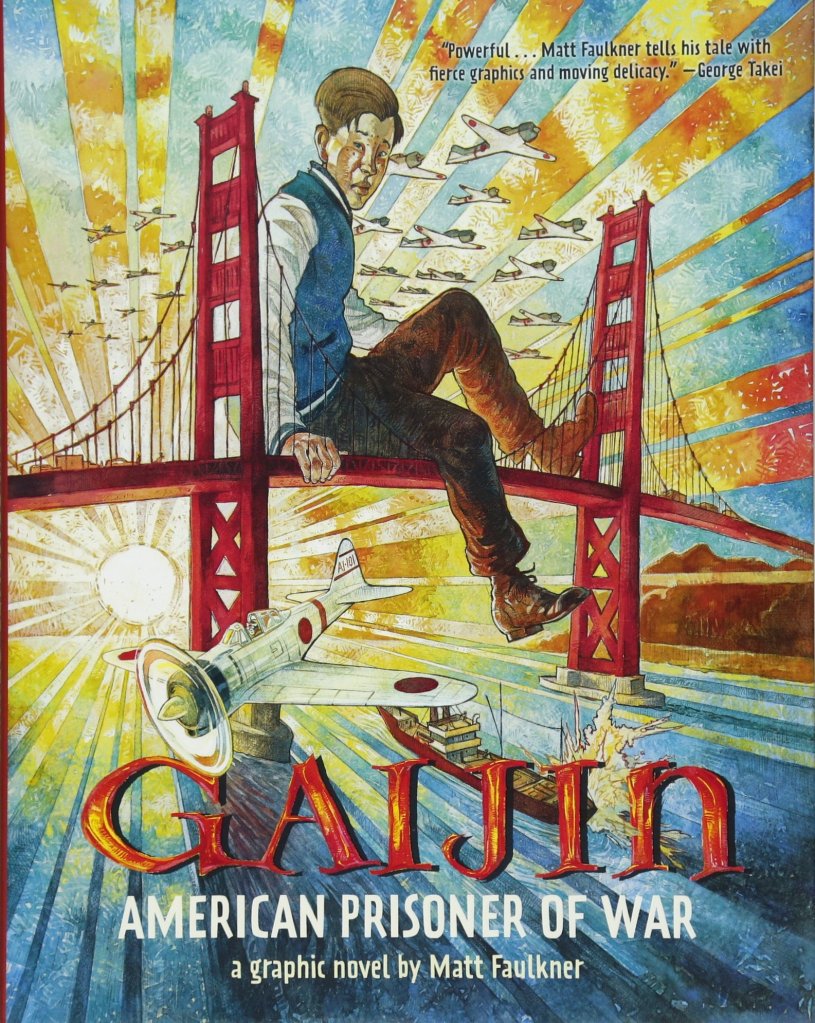
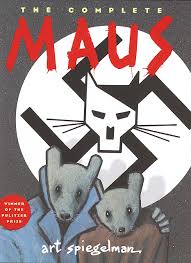
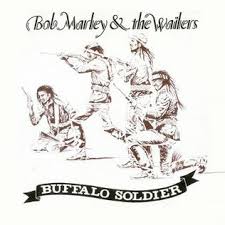
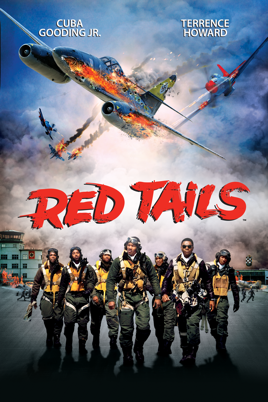
Hi Tyler,
I complement you on your text set choice, and I think it was a great idea to expand your initial idea to include graphic novels as well as a song. Your selections are diverse and seem very appealing to African American urban youth. I had no idea that “Buffalo Soldier” is in reference to African American soldiers-thank you for teaching me something new! The graphic novel, MAUS, spoke to me as well as it is a unique way to bring perspective and critical thinking into the history classroom. I think you could also introduce excerpts from a traditional textbook or primary sources once you have hooked your students with this text set. The only constructive feedback I have to offer is that you could make your qualitative arguments stronger through the use of The Informational Text Rubric and Culturally Relevant Rubrics provided by by Dr. D-S. Overall, I would have loved for my high school history teachers to have taught like this!!!
LikeLike
Hello Tyler,
I find your interest in world war II very fascinating. I am a little confused on who your hypothetical group of students are. Are they older or younger students? How would you teach world war II to younger students compared to older students?
LikeLike
Hey, Tyler. This is a very cool topic because I feel World War II is such a staple in the history of the United States. If we can get students engaged with reading material on the subject, it will be much easier to have them see the lasting implications the war has even in our lives, making future units much easier. Having read Maus, I know how powerful and beneficial text is, which is great. With that I also know the style and how unique the text is. That will likely help the students stay enraged. This week in my class we taught students about Rastafarianism, and with that we mentioned Bob Marley. I was impressed with how many students actually knew, “Buffalo Solider.”
LikeLike
Hey Tyler, I really like how you’ve modified your topic. The texts you include are super interesting and yet still super informative. All of the texts you chose provide an individual and human perspective on history rather than simply detailing historical facts.
LikeLike
Very nice set of texts. I especially appreciate you inclusion of graphic novels. There are more and more graphic novels coming out that provide alternative entry points into history. The Nathan Hale series is especially informative … and entertaining. I’ve only read about 4 books in the series but have learned a lot from them.
http://cbldf.org/2015/10/using-graphic-novels-in-education-nathan-hales-hazardous-tales/
LikeLike